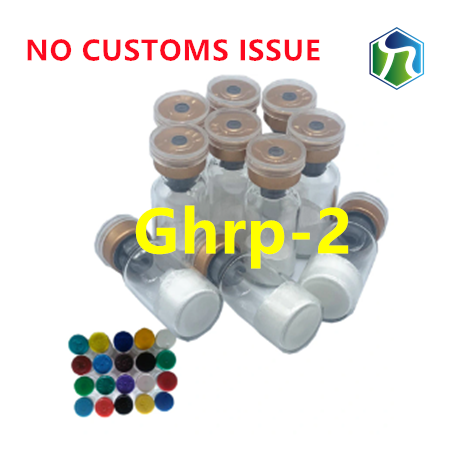
- +86-13363869198
- weimiaohb@126.com

Dec . 03, 2024 16:26 Back to list
Exploring the Properties and Applications of 78613-38-4 in Modern Chemistry
The Significance and Applications of 78613-38-4
The number 78613-38-4 corresponds to a specific chemical compound known in the chemical world as Dihydrosilyl-terminated methylhydrogensiloxane
. This compound, like numerous others, plays a vital role in various industrial applications, particularly in the fields of materials science, electronics, and nanotechnology. Understanding its properties and uses is essential for researchers and professionals working with siloxanes and other silicon-based compounds.Chemical Composition and Properties
Dihydrosilyl-terminated methylhydrogensiloxane is a silicone-based compound characterized by its unique molecular structure. The backbone is constructed primarily of silicon and oxygen atoms (siloxane), with the incorporation of hydrogen and methyl groups, which impart specific chemical properties. This structure results in a compound that has excellent thermal stability, flexibility, and resistance to degradation over time. These properties make it particularly useful in high-performance applications.
The hydrogensiloxane aspect of the compound refers to the presence of hydrogen atoms in the siloxane chain. This feature allows for versatile reactivity through hydrosilylation reactions, where the compound can bond with various organic compounds to form new materials. Its reactivity profile is one of the reasons why it has garnered interest in both academic research and industrial applications.
Applications in Industry
One of the primary applications of 78613-38-4 is in the production of silicone elastomers—a category of materials known for their rubber-like properties, resilience, and ability to withstand high temperatures. These elastomers are utilized in a multitude of products, ranging from automotive components, gaskets, and seals to medical devices and consumer electronics. The flexibility and durability of silicone elastomers make them an ideal choice for applications that require both high performance and reliability.
78613-38-4

Another significant application area is in the realm of coatings and adhesives. The incorporation of Dihydrosilyl-terminated methylhydrogensiloxane into formulations can enhance the water-repellency, adhesive strength, and thermal stability of various coatings. This is particularly important in industries such as construction and automotive, where the longevity and performance of materials are of paramount importance.
Furthermore, this compound plays a crucial role in electronics manufacturing. The unique properties of siloxanes allow for the production of dielectric materials that are essential for the functioning of capacitors, insulators, and other electronic components. The temperature stability and low electrical conductivity of Dihydrosilyl-terminated methylhydrogensiloxane make it an excellent candidate for encapsulating sensitive electronics, thereby protecting them from environmental factors.
Advancements in Research
In recent years, the research around Dihydrosilyl-terminated methylhydrogensiloxane has expanded significantly. Researchers are exploring its potential in nanotechnology, specifically in the synthesis of nanocomposites. By integrating this siloxane into nanoscale materials, scientists hope to develop new composites with enhanced mechanical properties and thermal stability. This research direction is promising for numerous applications, including energy storage devices such as batteries and supercapacitors.
Moreover, the ability to functionalize the compound with a variety of organic groups opens the door to even broader applications. Functionalized siloxanes can provide unique properties tailored to specific requirements, paving the way for innovations in materials design.
Conclusion
In conclusion, the compound designated by the Chemical Abstracts Service (CAS) number 78613-38-4—Dihydrosilyl-terminated methylhydrogensiloxane—embodies a wealth of potential across various industries. Its unique properties, stemming from its silicon-oxygen backbone and the presence of hydrogen and methyl groups, make it a versatile component in the production of silicone elastomers, coatings, adhesives, and electronic materials. As research continues to uncover new applications and methods for functionalizing this compound, it is clear that its significance will only grow. The ongoing exploration of such chemical compounds remains crucial for driving innovation and developing new technologies that enhance our everyday lives.
-
Pharmaceutical Intermediates - AI-Optimized Synthesis & Purity
NewsJul.31,2025
-
Top CAS: 79099-07-3 Factories & Wholesale Supplier from China
NewsJul.30,2025
-
High-Quality GS-441524 for White Liquid Type Factories & Suppliers
NewsJul.29,2025
-
High-Quality Pharmaceutical Intermediates for Sale – Reliable Supply
NewsJul.29,2025
-
High-Quality Pharmaceutical Intermediates for Sale - Reliable Solutions
NewsJul.29,2025
-
High-Quality Pharmaceutical Intermediates Supplier for Global Market
NewsJul.28,2025